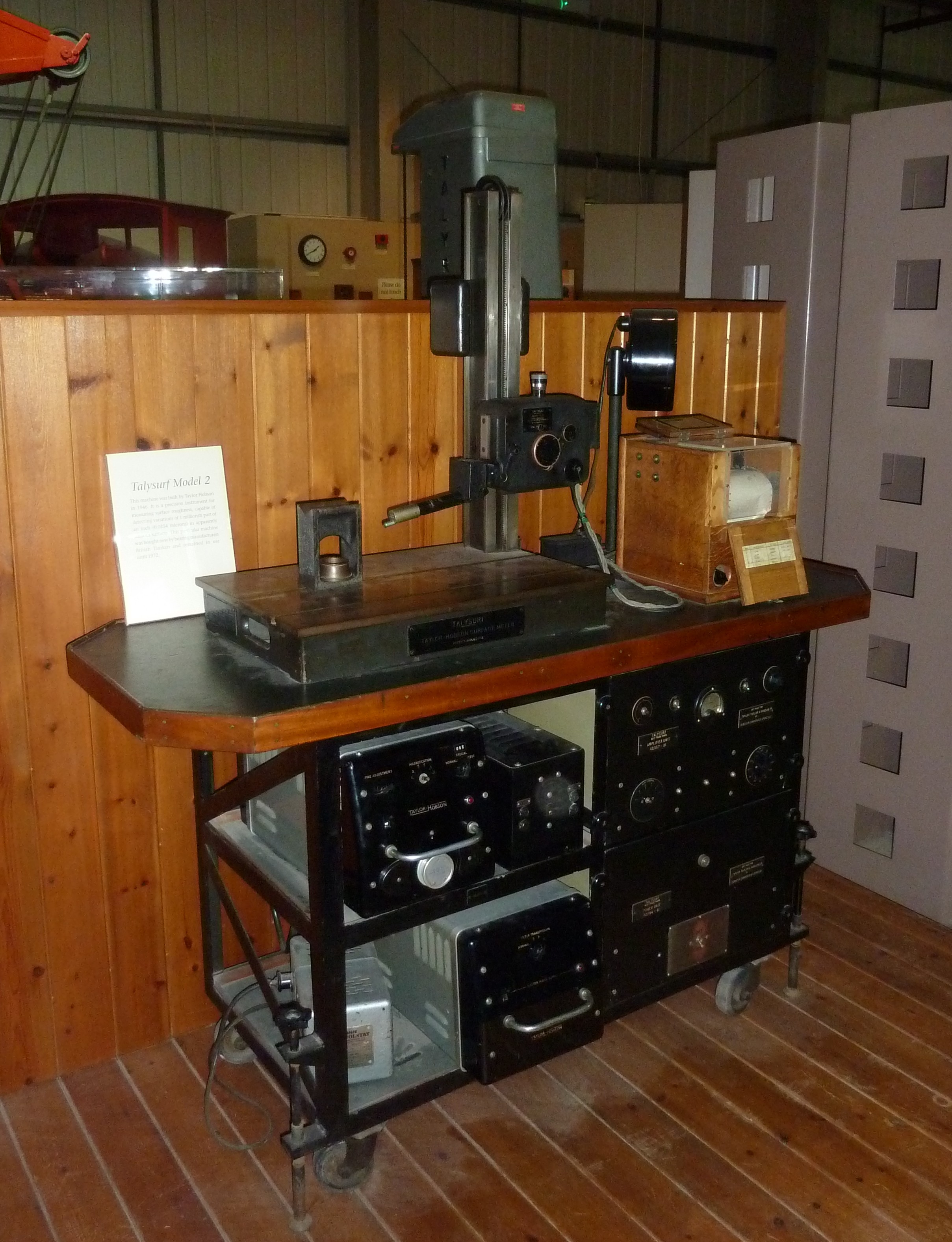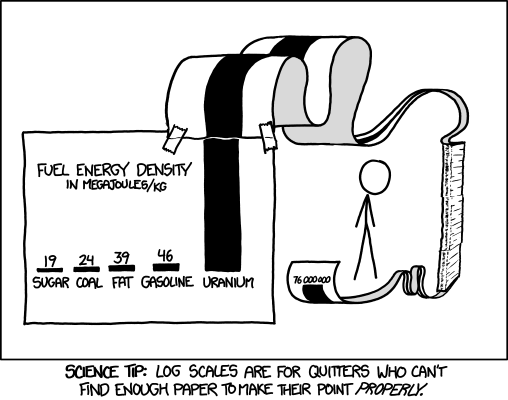

An amazing atomic-resolution image of a titanium oxide surfaceFri Dec 11 2020


Celebrating the birthday of Calvin Quate!Mon Dec 07 2020


Millisecond dynamics of an unlabeled amino acid transporter.Sat Dec 05 2020
In the article “Millisecond dynamics of an unlabeled amino acid transporter “ Tina R. Matin, George R. Heath, Gerard H. M. Huysmans, Olga Boudker and Simon Scheuring develop and apply high-speed atomic force microscopy line-scanning (HS-AFM-LS) combined with automated state assignment and transition analysis for the determination of transport dynamics of unlabeled membrane-reconstituted GltPh, a prokaryotic EAAT homologue, with millisecond temporal resolution.


Thank you all for visiting us at our virtual booth at the 2020 Virtual MRS Spring/Fall Meeting & Exhibit.Fri Dec 04 2020


Nanotools EBD-HAR applied to determine the thickness and roughness of graphene oxide films.Thu Dec 03 2020


Don't miss your chance to visit @NanoAndMore booth at the virtual MRS Spring/Fall 2020 MeetingTue Dec 01 2020


Millisecond dynamics of an unlabeled amino acid transporterMon Nov 30 2020
Excitatory amino acid transporters (EAATs) are important in many physiological processes and crucial for the removal of excitatory amino acids from the synaptic cleft.*
In the article “Millisecond dynamics of an unlabeled amino acid transporter “ Tina R. Matin, George R. Heath, Gerard H. M. Huysmans, Olga Boudker and Simon Scheuring develop and apply high-speed atomic force microscopy line-scanning (HS-AFM-LS) combined with automated state assignment and transition analysis for the determination of transport dynamics of unlabeled membrane-reconstituted GltPh, a prokaryotic EAAT homologue, with millisecond temporal resolution.*
Among the bulk and single-molecule techniques, high-speed atomic force microscopy ( HS-AFM ) stands out with its ability to provide real-time structural and dynamical information of single molecules. HS-AFM images label-free molecules under close-to-physiological conditions with ~0.1 nm vertical and ~1 nm lateral imaging resolution. Furthermore, HS-AFM has typically ~100 ms temporal resolution, giving access to structure–dynamics relationship of proteins, though the achievable imaging speed depends on sample characteristics like scan size and surface corrugation.
#SingleMoleculeBiophysics #AminoAcidTransporter #videorateAFM #高速AFMカンチレバー #高速原子力显微镜 #HSAFMLS
https://www.nanoworld.com/blog/millisecond-dynamics-of-an-unlabeled-amino-acid-transporter/


NanoAndMore proudly participates in the virtual MRS Spring/Fall 2020 MeetingFri Nov 27 2020


Nanoscale Charge Accumulation and Its Effect on Carrier Dynamics in Tri-cation Perovskite StructuresThu Nov 26 2020
Nanoscale investigations by scanning probe microscopy have provided major contributions to the rapid development of organic–inorganic halide perovskites (OIHP) as optoelectronic devices. Further improvement of device level properties requires a deeper understanding of the performance-limiting mechanisms such as ion migration, phase segregation, and their effects on charge extraction both at the nano- and macroscale.
In the article “Nanoscale Charge Accumulation and Its Effect on Carrier Dynamics in Tri-cation Perovskite Structures” David Toth, Bekele Hailegnaw, Filipe Richheimer, Fernando A. Castro, Ferry Kienberger, Markus C. Scharber, Sebastian Wood and Georg Gramse describe how they studied the dynamic electrical response of Cs0.05(FA0.83MA0.17)0.95PbI3–xBrx perovskite structures by employing conventional and microsecond time-resolved open-loop Kelvin probe force microscopy (KPFM).


A 1940s stylus profilerMon Nov 23 2020


MikroMasch® HQ:NSC14/Al BS probes used in a recent studyWed Nov 11 2020


We ‘re celebrating the World Science Day for Peace and Development today!Tue Nov 10 2020


Polyaleuritate coatings for food metal packaging analyzed with BudgetSensors® SiNi AFM probesMon Nov 02 2020


Nanotools EBD-HAR probes featured in research articleWed Oct 28 2020


NanoAndMore proudly sponsors the #AVS67 Virtual Showcase this weekTue Oct 27 2020


Molecular and nanoscale evaluation of N-cadherin expression in invasive bladder cancer cells under control conditions or GW501516 exposureMon Oct 26 2020


Yeast Nanometric Scale Oscillations Highlights Fibronectin Induced Changes in C. AlbicansMon Oct 19 2020


Electrochromic switching of tungsten oxide films grown by reactive ion-beam sputter depositionTue Oct 13 2020
https://www.nanoworld.com/blog/electrochromic-switching-of-tungsten-oxide-films-grown-by-reactive-ion-beam-sputter-deposition/


How does this technique work with Atomic Force Microscopy and ångström?Thu Oct 08 2020


Multi-Channel Exploration of O Adatom on TiO2(110) Surface by Scanning Probe MicroscopyTue Oct 06 2020
The effect of AFM operation mode on O adatom contrast was investigated, and the interaction of O adatom and the subsurface defect was observed by AFM/STM. Multi-channel exploration was performed to investigate the charge transfer between the adsorbed O and the TiO2(110) by obtaining the frequency shift, tunneling current and local contact potential difference at an atomic scale. The tunneling current image showed the difference of the tunneling possibility on the single O adatom and paired O adatoms, and the local contact potential difference distribution of the O-TiO2(110) surface institutively revealed the charge transfer from TiO2(110) surface to O adatom. The experimental results are expected to be helpful in investigating surface/interface properties by SPM. *
Iridium-coated ultrastiff AFM cantilever SD-T10L100 from the NANOSENSORS Special Developments List (typical Force constant 2 000 N/m) were used in the presented study.
The cantilever tip was first degassed at approximately 650 K for 30 min and then cleaned by Ar ion bombardment to remove the contaminants, prior to the measurements. Features of the surface structure were related to the charge states of the tip apex, and a stable tip was essential to accurately characterize the surface structure and properties in the experiment. The imaging mode became stable in AFM experiments when the metal-coated Si cantilever was employed in the experiments. *
Please have a look at the NANOSENSORS blog for the full citation and a direct link to the full article.

















